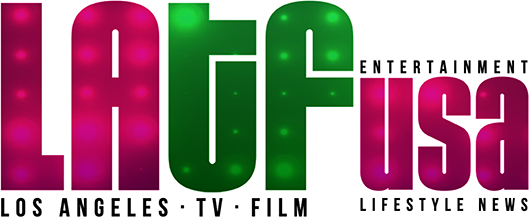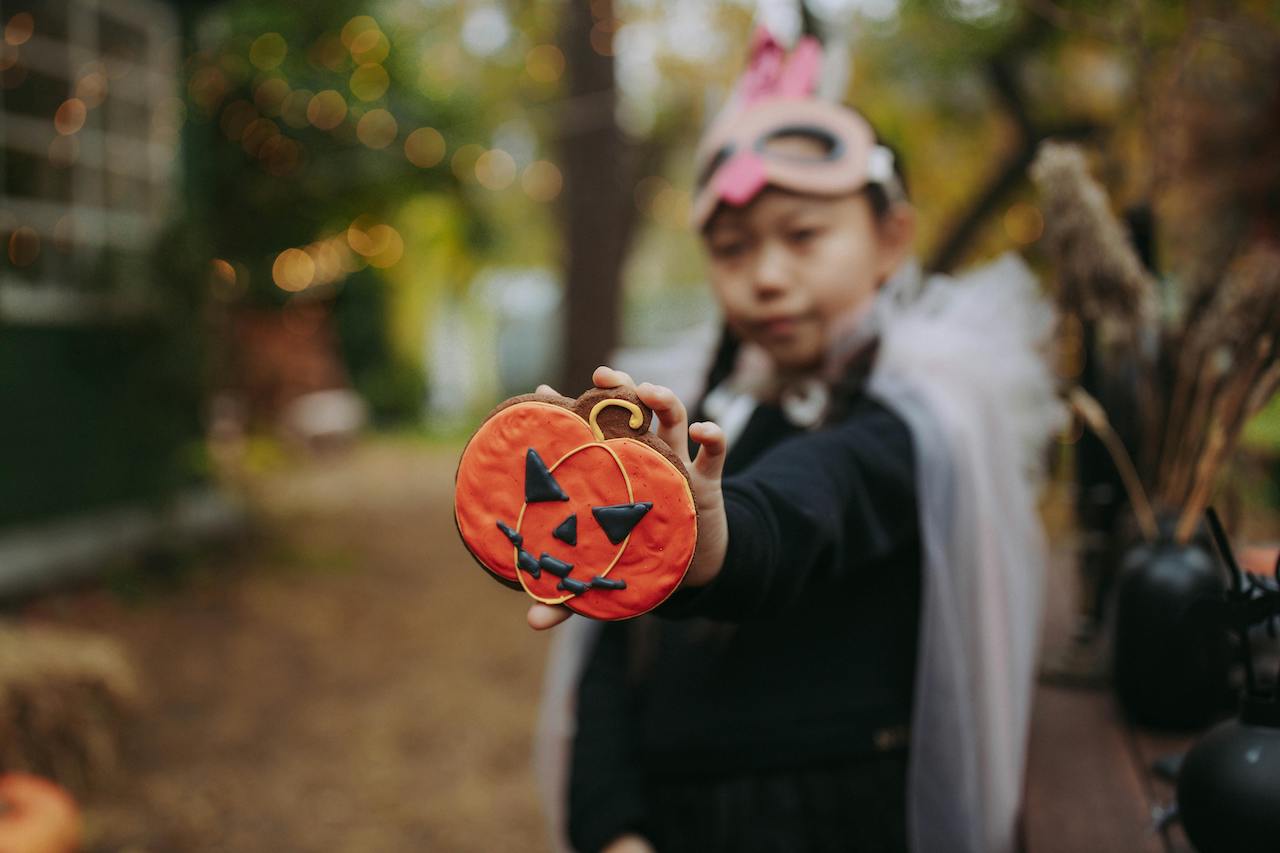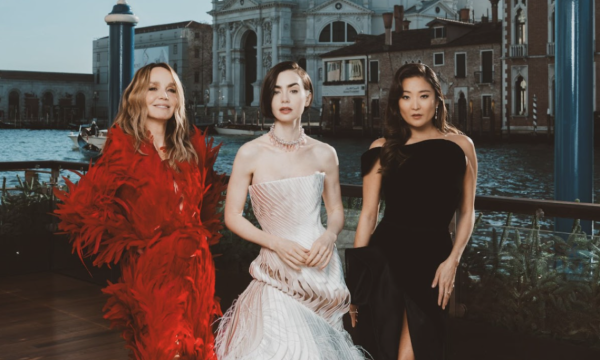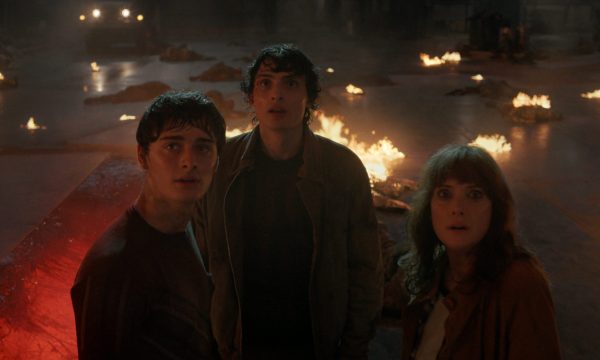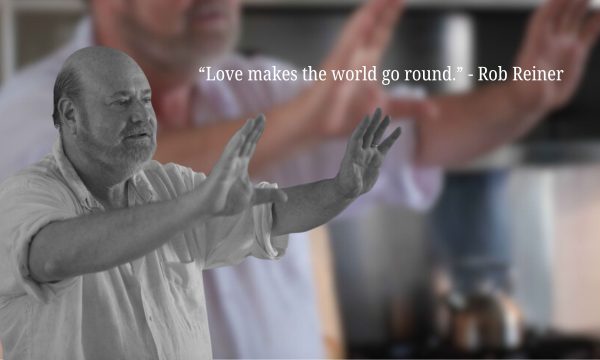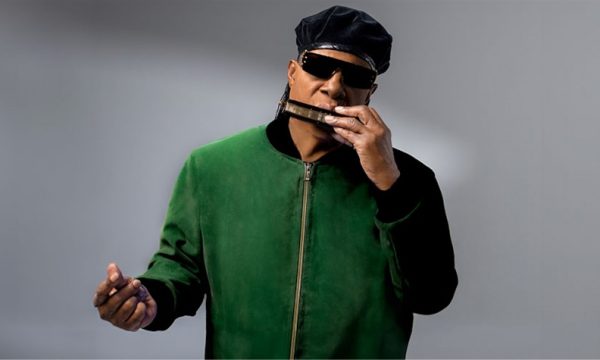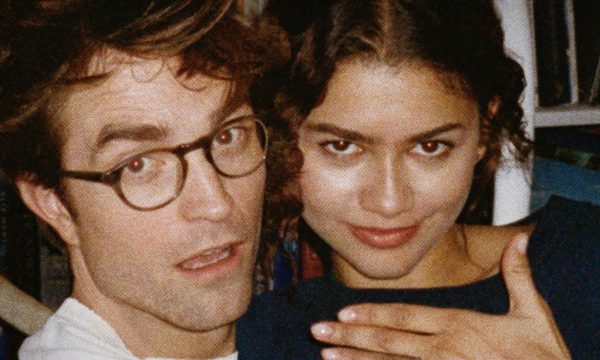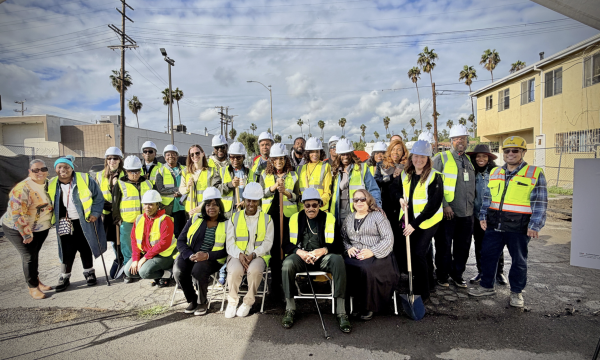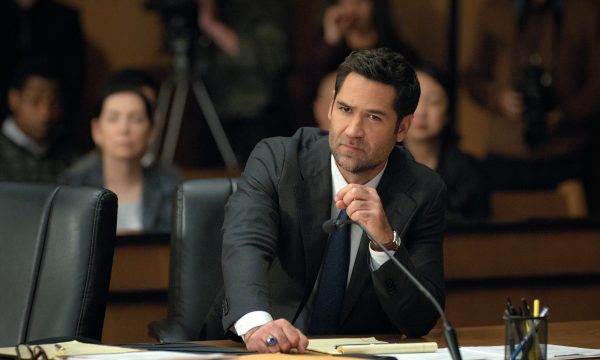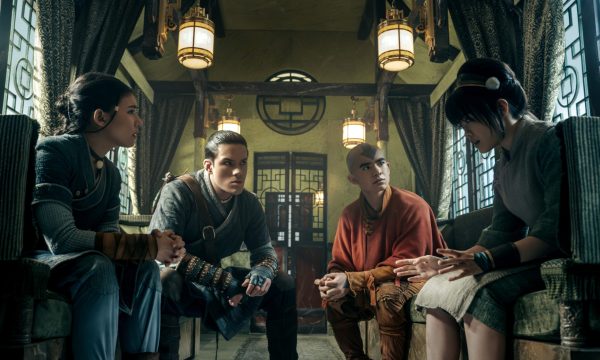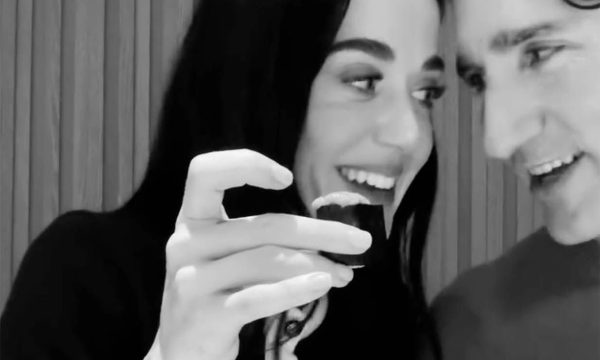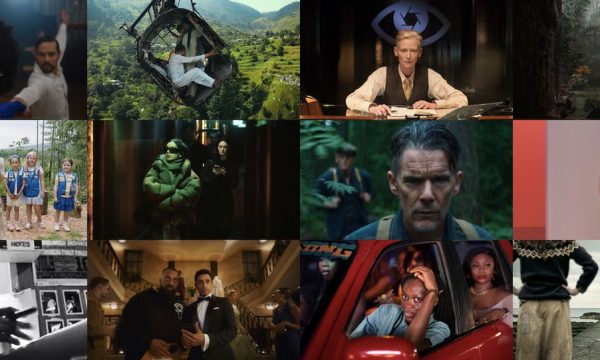Every October 31st, children dress as ghosts, witches, and superheroes, and neighbors greet each other with candy bowls and carved pumpkins. But the holiday we know as Halloween began long before trick-or-treating and haunted houses — its roots reach deep into ancient Celtic traditions.
Halloween’s earliest origins trace back over 2,000 years to the Celtic festival of Samhain (pronounced “sow-in”), celebrated in Ireland, Scotland, and parts of Northern France. For the Celts, who marked time by the cycles of nature, Samhain signified the end of the harvest and the beginning of winter — a time when the boundary between the living and the spirit world was believed to blur. People lit bonfires to ward off evil spirits and wore costumes made of animal hides to disguise themselves from wandering ghosts. Offerings of food were left outside homes to appease supernatural visitors.
When Christianity spread to Celtic lands, the church sought to replace pagan festivals with Christian observances. By the 8th century, Pope Gregory III designated November 1st as All Saints’ Day, a time to honor saints and martyrs. The night before became known as All Hallows’ Eve — eventually shortened to Halloween. Over time, ancient pagan customs blended with Christian traditions, shaping the foundations of the holiday.
As Irish immigrants arrived in America during the 19th century, particularly during the Great Famine, they brought with them the tales and customs of Samhain. Pumpkins — native to North America — replaced the traditional Irish turnips for carving lanterns, giving rise to the modern Jack-o’-lantern. Communities began organizing autumn festivals, and by the early 20th century, Halloween evolved into a more community-centered holiday with games, parades, and neighborhood gatherings.
By the 1950s, trick-or-treating became a nationwide tradition in the United States. Rooted in medieval European practices of “souling” — when the poor went door to door offering prayers for the dead in exchange for food — the American version transformed into a lighthearted ritual for children.
Today, Halloween is both a cultural celebration and a billion-dollar industry, blending ancient mysticism with modern fun. From its Celtic beginnings under flickering bonfires to today’s illuminated porches and costumed festivities, Halloween endures as a unique fusion of the old and new — a night when imagination reigns and history lingers just beneath the mask.
